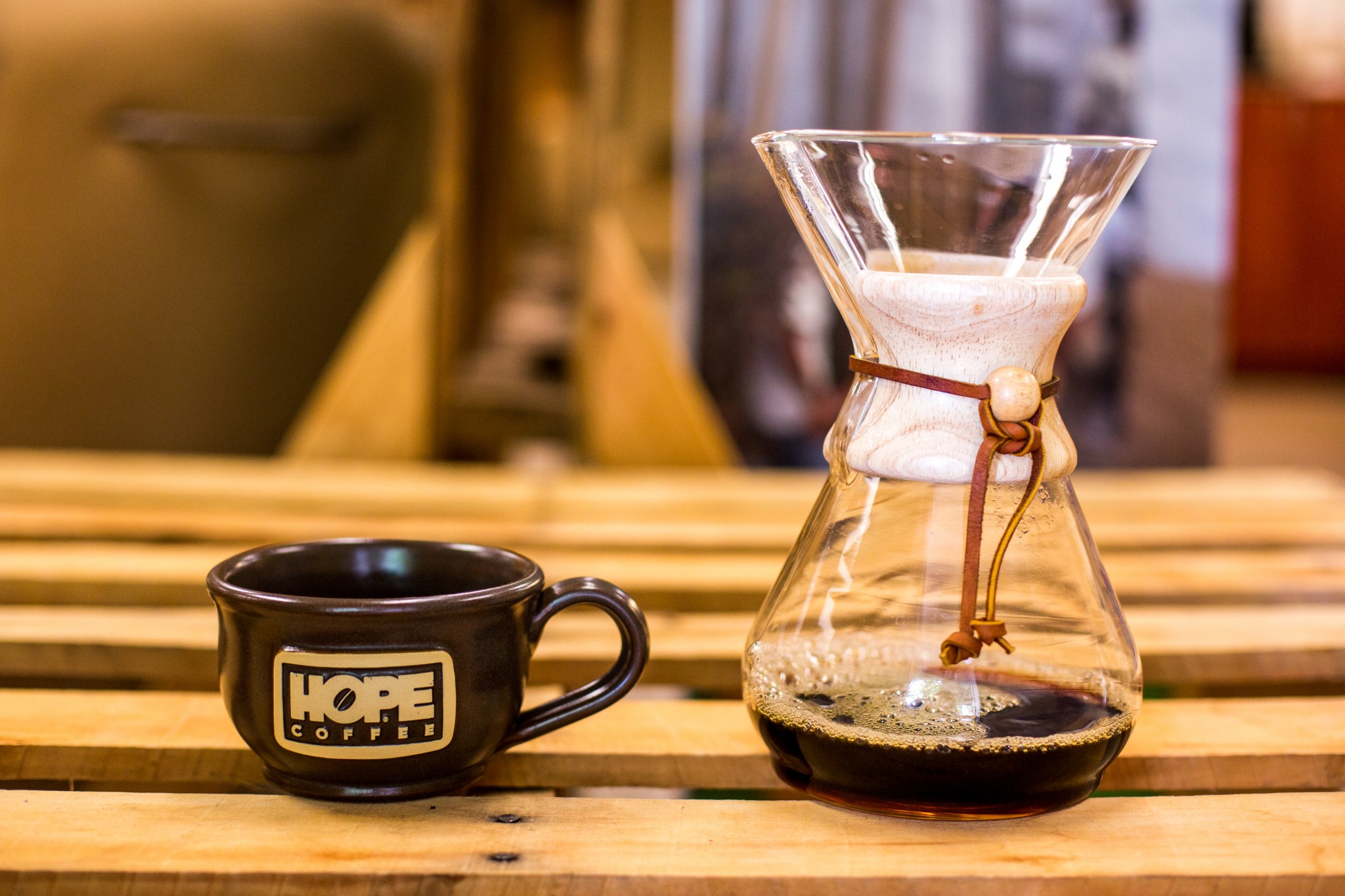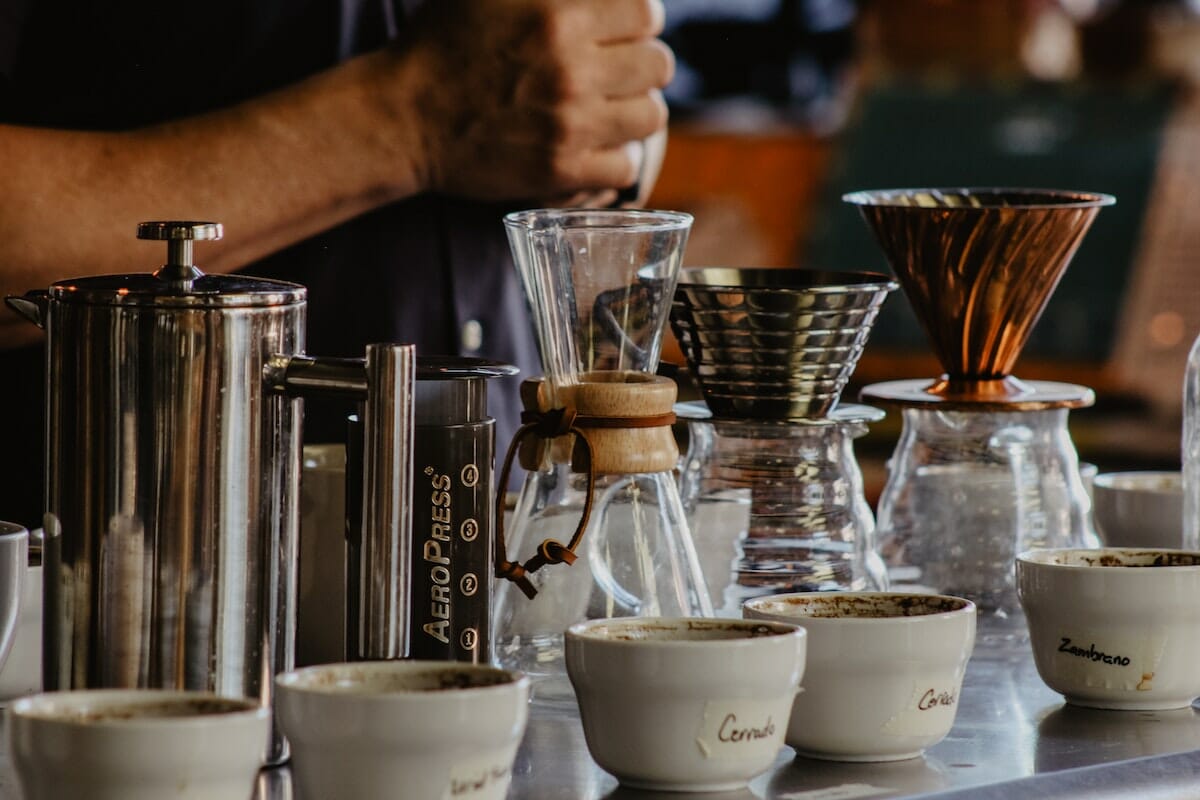The Science Behind Coffee Developing: Just How Temperature and Time Affect Your Drink
Comprehending the scientific research behind coffee brewing reveals that temperature and time are not mere variables however crucial components that determine the beverage's taste profile and overall quality. As we check out the nuances of these elements, the concern occurs: exactly how can one properly balance temperature and time to accomplish that excellent brew?
The Chemistry of Coffee Extraction
The chemistry of coffee extraction explores the detailed processes that change raw coffee beans into the aromatic beverage delighted in worldwide. This transformation mostly involves the solubility of different compounds present in the beans, which are influenced by elements such as grind dimension, water top quality, and the brewing method employed.
During the developing process, hot water functions as a solvent, extracting soluble compounds, including caffeine, lipids, acids, and sugars, from the coffee premises. Each substance adds to the flavor profile, scent, and body of the final drink. For circumstances, acids are liable for appetizing and bright notes, while oils add to a rich mouthfeel.
The first phases of developing remove acids and sugars, leading to a pleasant acidity, while extended removal can lead to resentment due to over-extraction of unwanted substances. Understanding these chemical interactions is critical for enhancing brewing strategies, as the balance between extraction time and water temperature can considerably affect the general high quality of the coffee.
Ideal Developing Temperatures
Discovering the appropriate brewing temperature level is necessary for unlocking the complete possibility of coffee flavors and fragrances - coffee brewing methods. Research shows that the ideal array for developing coffee exists in between 195 ° F to 205 ° F(90 ° C to 96 ° C) Within this range, the removal procedure efficiently dissolves the desirable soluble compounds in coffee beans, resulting in a tasty and balanced mug
Developing at lower temperatures, such as listed below 195 ° F(90 ° C ), may cause under-extraction, generating an acidic and weak brew with low-key flavors. On the other hand, developing at temperature levels going beyond 205 ° F(96 ° C) can result in over-extraction, creating a extreme and bitter taste because of the extreme dissolution of unwanted substances, such as tannins.
Furthermore, the ideal developing temperature can vary relying on the coffee bean kind and roast level. Lighter roasts typically benefit from slightly greater temperature levels to boost their complicated taste accounts, while darker roasts might be better matched to lower temperatures to alleviate resentment.
Inevitably, preserving accuracy in brewing temperature levels is critical for attaining an unified equilibrium of flavors, guaranteeing that every cup of coffee provides a satisfying sensory experience.
Influence of Brewing Time
Brewing time plays a crucial role in figuring out the flavor account and total quality of coffee. Much shorter brewing times can result in under-extraction, leading to a weak or sour taste, as not enough soluble compounds read review are dissolved.
Ideal brewing time differs depending upon the approach used and the grind dimension of the coffee. As an example, a French press generally calls for about 4 minutes, while espresso extraction is typically finished within 25 to 30 seconds. It is essential to adjust brewing time in conjunction with various other variables, such as water temperature level and coffee-to-water ratio, to attain the desired flavor account.
Recognizing the impact of brewing time makes it possible for coffee fanatics to refine their developing techniques, eventually improving the sensory experience of their cup (coffee brewing methods). With careful attention to this variable, one can open the full capacity of the coffee, disclosing its one-of-a-kind attributes and subtleties
Developing Techniques and Their Effects

For example, techniques like French press and chilly brew permit a longer steeping time, causing a fuller body and robust taste as a result of increased extraction of oils and soluble solids. Alternatively, espresso developing utilizes high pressure and a shorter removal time, creating a concentrated shot that emphasizes extreme tastes and a rich crema.
Pour-over techniques, such as Chemex or V60, provide an even more controlled extraction procedure, allowing the maker to control circulation price and water circulation, which can enhance brightness and quality. Percolation methods cycle water via the coffee grounds numerous times, leading to a more powerful, commonly bitter flavor.
Lastly, using paper filters versus steel filters can also impact the final preference; paper filters generally generate a cleaner cup by trapping oils and fine bits, while steel filters allow more oils to pass through, adding to a fuller mouthfeel - coffee brewing methods. Understanding these subtleties can raise check this site out the coffee experience considerably
Tips for Improving Your Mixture
A well-executed mixture can change also the most basic coffee right into an exceptional experience. Grind the beans just before making to maximize quality, guaranteeing the grind size matches your developing approach-- coarser for French press and finer for espresso.
Water high quality plays a critical duty; use filtered water cost-free from pollutants. The optimal brewing temperature ranges in between 195 ° F and 205 ° F(90 ° C to 96 ° C ) Also hot can scorch the coffee, while too trendy may under-extract tastes.
Timing is just as crucial. For immersion methods, soaking Read Full Article for 3 to 5 mins is optimum, whereas drip methods generally take about five mins. Explore brew times to discover your favored strength.

Conclusion
In recap, the intricate relationship in between temperature and time is paramount in the coffee developing procedure. Comprehending these scientific principles empowers people to improve their brewing techniques, inevitably leading to an extra satisfying and balanced coffee experience.
Comprehending the science behind coffee brewing discloses that temperature and time are not mere variables yet crucial components that dictate the drink's taste account and total quality. Recognizing these chemical communications is important for maximizing brewing methods, as the equilibrium in between extraction time and water temperature level can substantially influence the total quality of the coffee.Brewing time plays a pivotal role in determining the flavor account and total quality of coffee. By focusing on these aspects-- bean quality, grind dimension, water temperature, steeping time, and proportion-- you can raise your coffee developing procedure, resulting in a constantly premium mug.
In recap, the complex partnership in between temperature and time is critical in the coffee developing procedure.